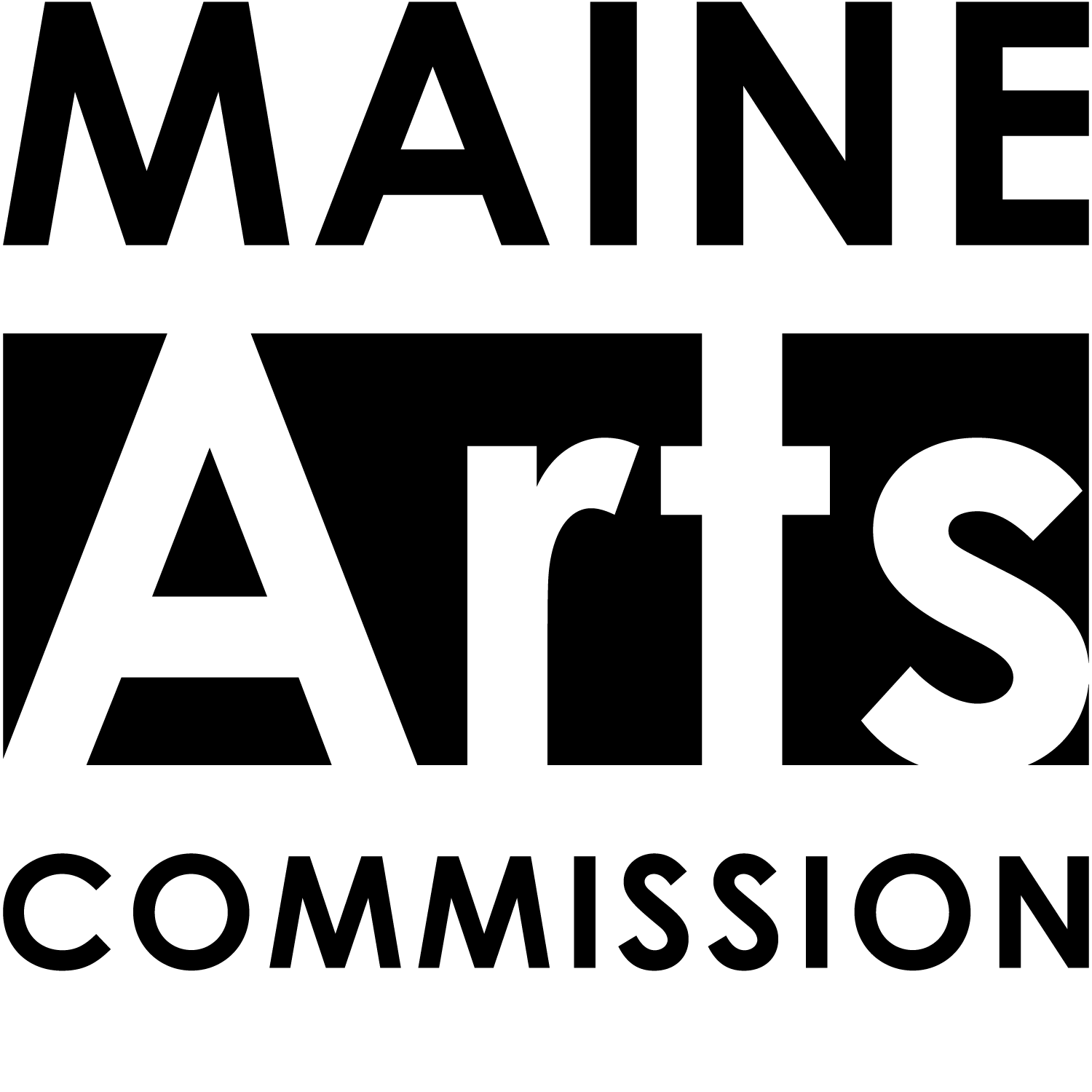Gabriel Frey | Traditional Arts Fellow 2021
- November 16, 2020
Gabriel Frey | Maine Arts Fellowship - Orono, Maine
About me and my work:
 My business name is Gabriel Frey Baskets. And I’m Passamaquoddy from Sipayik. My larger community is the Wabanaki confederacy. Throughout colonization and assimilation policies of the 1800 and1900’s, Wabanaki people relied on brown ash basketry as a tool for adaptation to a changing socio-economic environment. Reduced to a reservation land base and little economic opportunities, Wabanaki basket makers adapted ash basket styles for different economic markets. From the 1850’s to 1950’s, Wabanaki baskets were sold within northern Maine farming, down east Maine fishing, and costal Maine tourist industries. Basket making provided a source of income, maintained cultural traditions, language, and family connections while creating a small form of resistance for Wabanaki people to federal assimilation polices. Wabanaki basket maker’s ability to adapt to new markets, strong cultural connections, and depth of knowledge has been instrumental to continuation of basket making. Given the continued economic and cultural significance, Wabanaki basketry is a tool for cultural resilience, education, and decolonization.
My business name is Gabriel Frey Baskets. And I’m Passamaquoddy from Sipayik. My larger community is the Wabanaki confederacy. Throughout colonization and assimilation policies of the 1800 and1900’s, Wabanaki people relied on brown ash basketry as a tool for adaptation to a changing socio-economic environment. Reduced to a reservation land base and little economic opportunities, Wabanaki basket makers adapted ash basket styles for different economic markets. From the 1850’s to 1950’s, Wabanaki baskets were sold within northern Maine farming, down east Maine fishing, and costal Maine tourist industries. Basket making provided a source of income, maintained cultural traditions, language, and family connections while creating a small form of resistance for Wabanaki people to federal assimilation polices. Wabanaki basket maker’s ability to adapt to new markets, strong cultural connections, and depth of knowledge has been instrumental to continuation of basket making. Given the continued economic and cultural significance, Wabanaki basketry is a tool for cultural resilience, education, and decolonization.
Why Basketry is very simple and very complicated. It is a large part of my cultural identity as a citizen of the Passamaquoddy tribe, and a member of the Wabanaki confederacy.
For as long as I can remember basket making has been an important part of my life from hearing my grandfather stories to watching my mother weave baskets, and then my own personal journey toward the traditional arts. I personally have been weaving baskets for about 20 years. I’ve been selling my art for at least that long, and have more seriously worked on creating and selling my art for about 15 years ago.
My art is an expression of my worldview. I am inspired by the natural world and the transformation of a living tree into a functional basket. My baskets are a connection to my past, present, and future, interwoven to create functional pieces of art. Culture, family traditions, my personal experiences, and hopes for the future are embodied within my baskets. When I examine an old basket, the basket maker’s choices in weave and design become evident. Seeing theses choices is like holding a conversation with that basket maker through time. My grandfather was my first significant teacher. Holding my grandfather’s basket, I hear my grandfather’s voice giving subtle suggestions on technique and style. I hear my grandfather’s stories. My connection to family is maintained through basket making. As I carve my own creative path in the basket making community, I work towards perfecting the function and form of the traditional baskets while evolving each basket to reflect my personal style. My goal in basket making is to produce useable, functional baskets for daily use. I want a person who buys my basket to use, feel, and experience Passamaquoddy culture everyday. Through the use of the basket, that person creates a connection and finds added value within the basket. Creating functional Passamaquoddy baskets is a platform to connect people to place. This reflects interconnectedness and reciprocity between people, their natural world, family, and all beings


I want a person who buys my basket to use, feel, and experience Passamaquoddy culture everyday, to know that we are a living culture outside of their history book. Black ash basket making holds all these values and motivates me to continue the basket making tradition. I want to evolve the art form forward to ensure the continuation of Passamaquoddy culture.
I am a Passamaquoddy brown ash basket maker, specializing in utility basket such as pack basket, market baskets, and purses. I weave each basket solely with brown ash and handcraft leather straps for each basket. My artistic process includes locating and harvesting basket quality brown ash trees from the woods, processing brown ash logs, and weaving brown ash materials into basket forms. Each piece has an element of carving. I carve the, hoops, rims, handle, and wooden pins to fasten leather straps. The majority of my tools such as basket molds, gauges, and my shave horse are adaptations of traditional designs. Maintaining the traditional knowledge of Wabanaki basket makers is an important aspect of my artistic process.
Given that covid19 has shut down all the art shows that I depend on for my annual income, this award will be incredibly helpful in many ways.
I am honored to be chosen for this award.
Gabriel Frey Baskets website;
https://gabrielfreybaskets.com/
Gabriel Frey Baskets Instagram
Home and Away gallery
United States Arts Fellowship
Pressherald
Abbe Museum
https://www.abbemuseum.org/attending-artists-profiles/gabriel-frey 
Portland Magazine
http://www.portlandmonthly.com/portmag/2019/10/ten-most-gabriel-frey/
MaineCAP
https://mainecap.org/participants/frey-soctomah/
UMaine Hudson Museum
https://umaine.edu/hudsonmuseum/gabriel-frey/
Maine memory network
https://www.mainememory.net/artifact/104987
The Maine Mag
https://www.themainemag.com/features/weaving-stories/#close
Huffpost.com
Yahoo News
https://ca.news.yahoo.com/basket-weaving-moves-potato-fields-090000385.html

Filter Press Releases
Contact Information
Ryan Leighton
193 State StreetSHS 25
Augusta ME 04333
207-287-2726
vog.eniam@nothgiel.j.nayr
